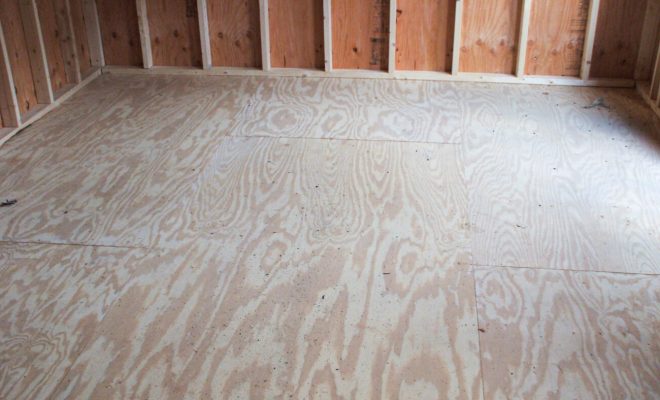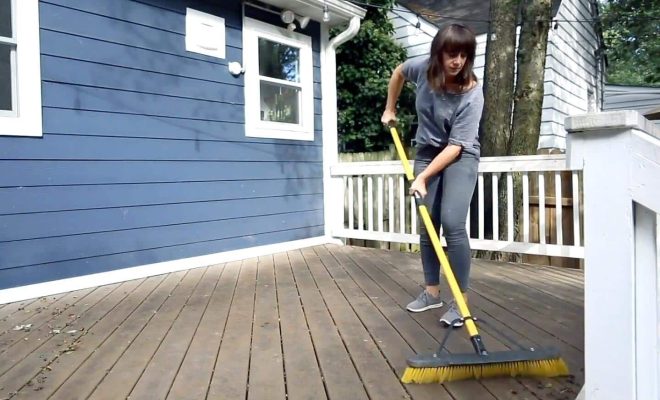Easy Ways to Dry OSB Subfloors: 12 Steps

Introduction:
Oriented Strand Board (OSB) subfloors are a popular choice in construction projects due to their strength and durability. However, these subfloors can be susceptible to moisture, which can cause swelling and other damage over time. It’s crucial to properly dry OSB subfloors to maintain their integrity and prolong their lifespan. Here are 12 easy steps to effectively dry your OSB subfloor:
1. Identify the source of moisture: Determine where the moisture is coming from (e.g., leaking pipes, ground water seepage) and fix the issue to prevent further damage.
2. Remove standing water: Use a wet vacuum or mop to remove any standing water from the surface of the subfloor.
3. Ventilate the area: Open windows and doors, and use fans to improve air circulation and speed up the drying process.
4. Use a dehumidifier: Set up a dehumidifier in the affected area to remove excess moisture from the air, which will help dry the subfloor more quickly.
5. Remove moisture-absorbing materials: If possible, remove any carpets, furniture, or other objects that may be retaining moisture and hindering the drying process.
6. Create a barrier between wet ground and subfloor: If the moisture source is seepage from the ground, place a vapor barrier (such as plastic sheeting) underneath the subfloor.
7. Inspect for damaged insulation: Check for moist or damaged insulation under the subfloor and replace it as needed.
8. Use heaters: Carefully position portable heaters in the affected area, aiming them at damp spots on the subfloor for targeted drying.
9. Monitor progress with a moisture meter: Regularly test the moisture levels in your OSB subfloor with a moisture meter until it reaches acceptable levels (around 9% – 14% moisture content).
10. Sand swelled areas if necessary: Once the OSB subfloor is dry, lightly sand any swelled edges or seams to level them out.
11. Apply a moisture-resistant sealant: To prevent future moisture damage, apply a high-quality sealant specifically designed for OSB subfloors.
12. Schedule regular inspections and maintenance: Periodically inspect your OSB subfloor for signs of moisture and address any issues promptly to avoid potential long-term damage.
Conclusion:
Drying an OSB subfloor can be a simple process if you follow these 12 steps. Taking care of moisture-related problems early on will help prolong the lifespan of your subfloor and ultimately save you time and money on repairs in the future. Always remember to keep an eye on your subfloor’s condition and take necessary precautions to maintain its integrity.






